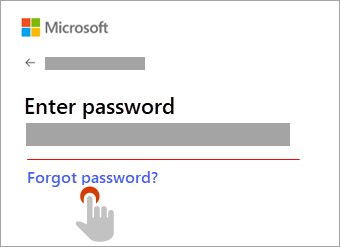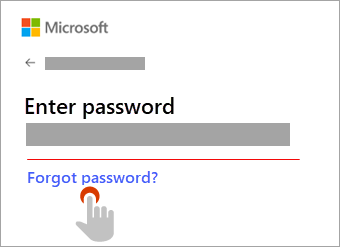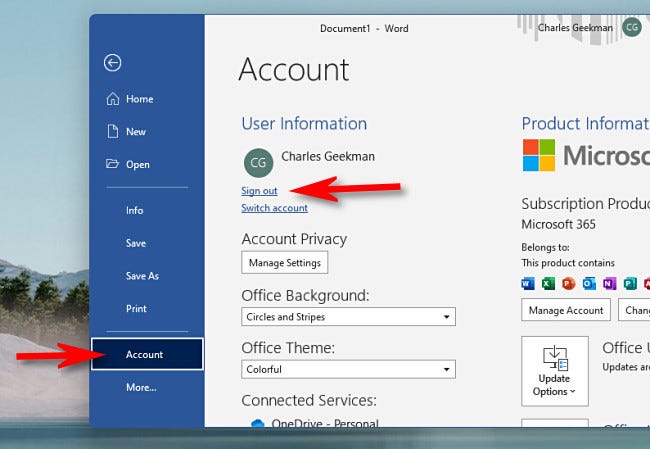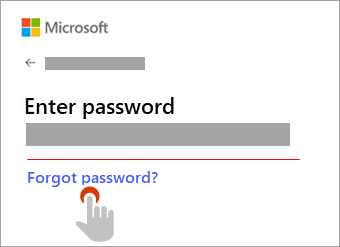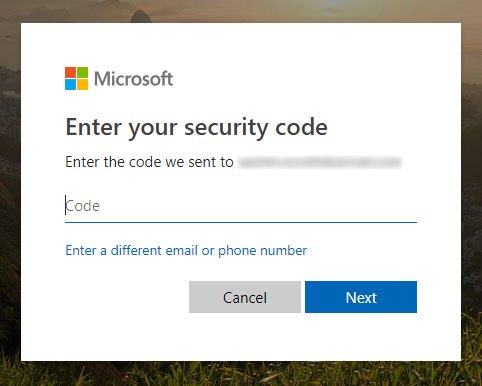How to Create a Web Page Using Microsoft Publisher 2010?
The Internet has become an integral part of our lives, and creating web pages has become increasingly easy with the help of Microsoft Publisher 2010. Whether you are a business owner, student, or hobbyist, Publisher 2010 can help you create a professional-looking web page in no time. In this guide, we’ll walk you through the steps of creating a web page using Microsoft Publisher 2010, from the initial setup to the final touches. So, let’s get started!
Creating a web page using Microsoft Publisher 2010 is easy. Follow these steps to get started:
- Open Microsoft Publisher 2010
- Click the File tab, select New, and choose a web page design
- Customize the design with your own text, images, and other content
- Preview your page and adjust as needed
- Save the page as a web page file
- Upload the file to your web server

Creating a Web Page with Microsoft Publisher 2010
The Microsoft Publisher 2010 program is a desktop publishing program used to create documents such as flyers, brochures, newsletters, and web pages. Creating a web page with Microsoft Publisher 2010 is easy and only requires a few simple steps. With Publisher 2010, users can easily customize their web page with images, text, and other features for a unique and professional look.
Step 1: Set Up Your Page
To begin creating your web page, open Microsoft Publisher 2010 and select “Blank Web Page” from the available templates. This will open a new web page document. Once the document is open, you can begin to customize the page to your liking. The first step is to set up your page, including the size and orientation. To do this, click on the “Page Setup” button located at the top of the page. This will open a dialog box where you can select the size and orientation of your page. Once you have selected the desired settings, click “OK” to save your changes.
Step 2: Add Text and Images
The next step is to add text and images to your page. To do this, simply click on the “Insert” tab located at the top of the page. From here, you can select from a variety of text and images to add to your page. To add text, simply select the “Text Box” option and type in your desired text. To add images, select the “Picture” option and select the desired image from your computer.
Step 3: Customize Your Page
Once you have added the desired text and images to your page, the next step is to customize your page. To do this, click on the “Design” tab located at the top of the page. This will open a variety of options for customizing your page, including background color, font style, and other design elements. Customize your page as desired and click “OK” to save your changes.
Step 4: Preview Your Page
Once you have finished customizing your page, the next step is to preview your page. To do this, click on the “Preview” button located at the top of the page. This will open a preview window that allows you to view your page as it will appear when published. If you are satisfied with the page, click “OK” to save your changes.
Step 5: Publish Your Page
The final step is to publish your page. To do this, click on the “Publish” button located at the top of the page. This will open a dialog box where you can select the desired web address for your page. Enter the desired web address and click “OK” to publish your page.
Step 6: Manage Your Page
Once your page has been published, the next step is to manage your page. To do this, click on the “Manage” button located at the top of the page. This will open a dialog box where you can manage your page and make changes to the text and images. Make any desired changes and click “OK” to save your changes.
Step 7: Share Your Page
The final step is to share your page with others. To do this, click on the “Share” button located at the top of the page. This will open a dialog box where you can share your page via email, social media, or other outlets. Enter the desired information and click “OK” to share your page.
Few Frequently Asked Questions
What is Microsoft Publisher 2010?
Microsoft Publisher 2010 is a desktop publishing program available as part of the Microsoft Office suite. It enables users to create and design print and digital publications such as newsletters, brochures, flyers, and other documents. It also includes tools for creating web pages with HTML code.
How Do I Create a Web Page Using Microsoft Publisher 2010?
Creating a web page in Microsoft Publisher 2010 is relatively straightforward. First, you will need to open the program, then select “File” and “New” to open a new document. From there, you can choose a template or start with a blank page. Once the layout is established, you can begin adding text, images, and other elements. When you are satisfied with the content, click “File” and “Publish” to save the page as an HTML file.
What Types of Elements Can I Add to My Web Page?
Microsoft Publisher 2010 allows you to add several different types of elements to your web page. You can add text, images, shapes, hyperlinks, and even videos. You can also use the tools available in Publisher to customize the look and feel of your page.
Can I Customize the HTML Code?
Yes, you can customize the HTML code of your web page. When you are satisfied with the design of your page, click “File” and “Publish” to save the page as an HTML file. You can then open the file in any text editor to make changes to the HTML code.
How Do I Preview My Web Page?
You can preview your web page in Microsoft Publisher by clicking “File” and then “Preview in Browser.” This will open the page in your default web browser, allowing you to see what the page looks like. You can also click “File” and “Publish” to save the page as an HTML file, then open the file in your web browser to preview it.
How Do I Publish My Web Page?
Once you have finished creating your web page, you can click “File” and “Publish” to save the page as an HTML file. You can then upload the file to your web server or FTP client to make the page available to the public. You can also use a web hosting service like GoDaddy or SiteGround to host your web page.
Creating a web site in publisher
Creating a web page using Microsoft Publisher 2010 is an easy and efficient way to create an effective web page. With just a few simple steps, you can have a professional-looking website that is ready to be published and viewed on the internet. Microsoft Publisher 2010 offers powerful features and tools to make your web page look professional and attractive. With the easy-to-use interface and step-by-step instructions, anyone can create a web page in no time. So, go ahead and create a web page in Microsoft Publisher 2010 and get your message out to the world.

